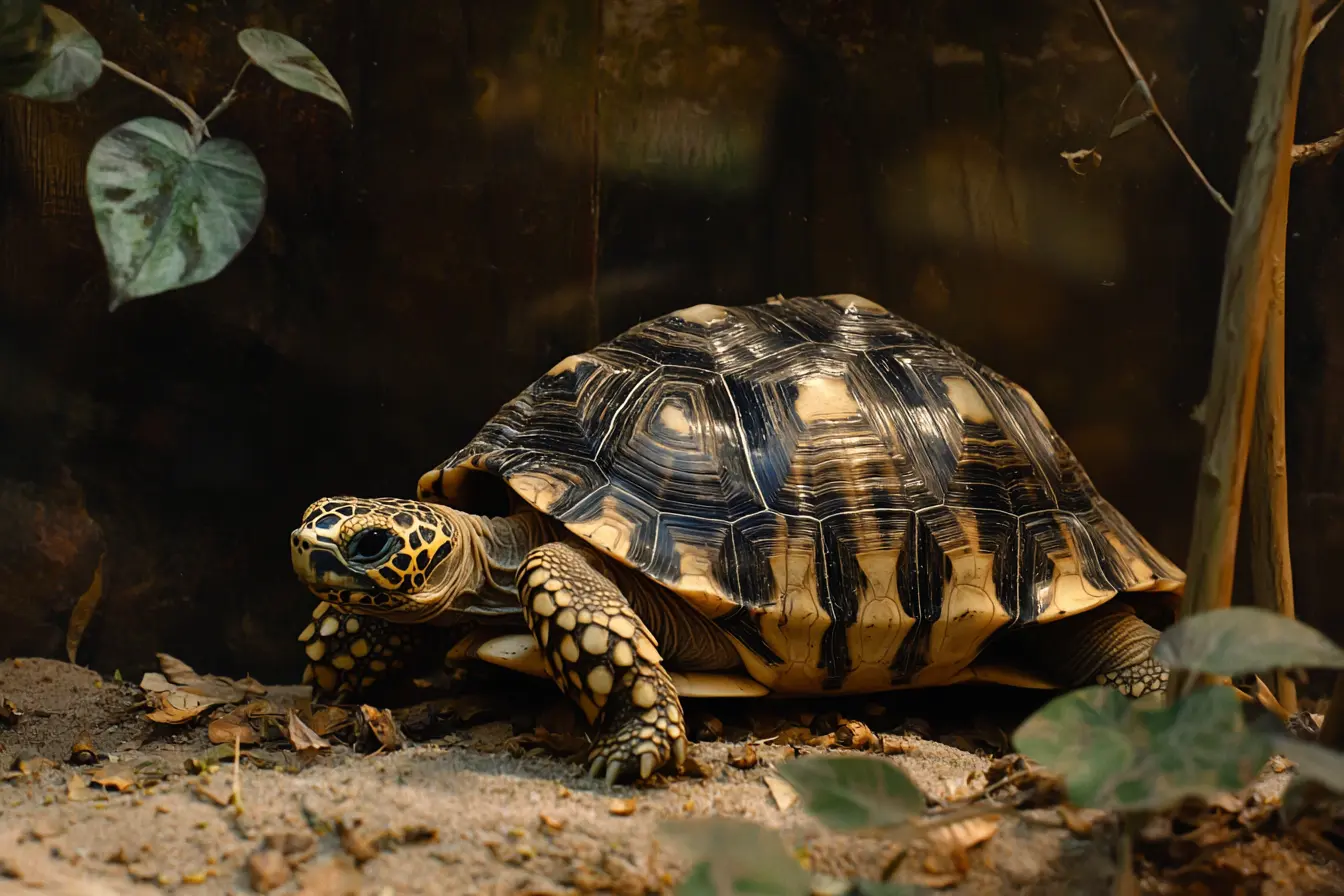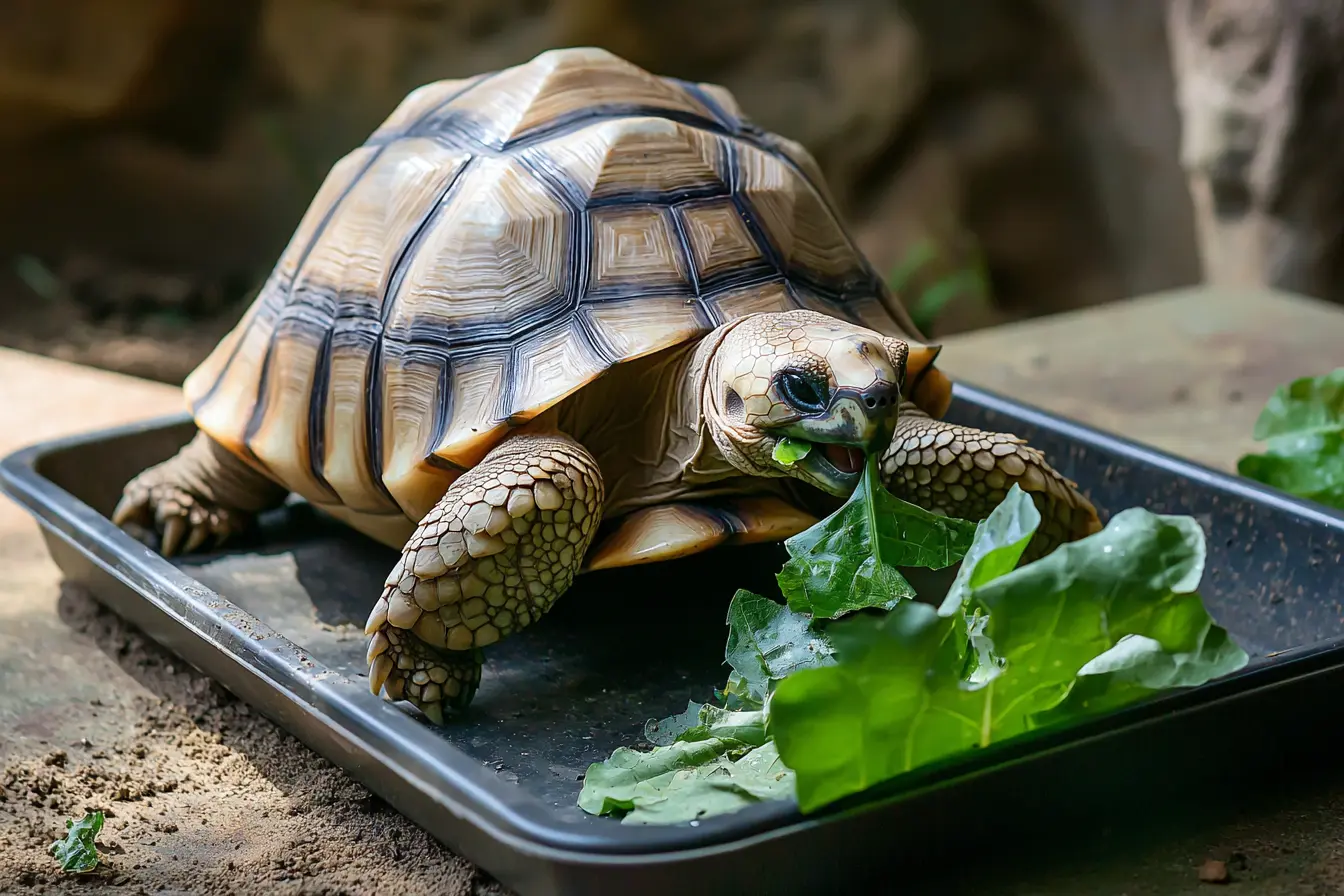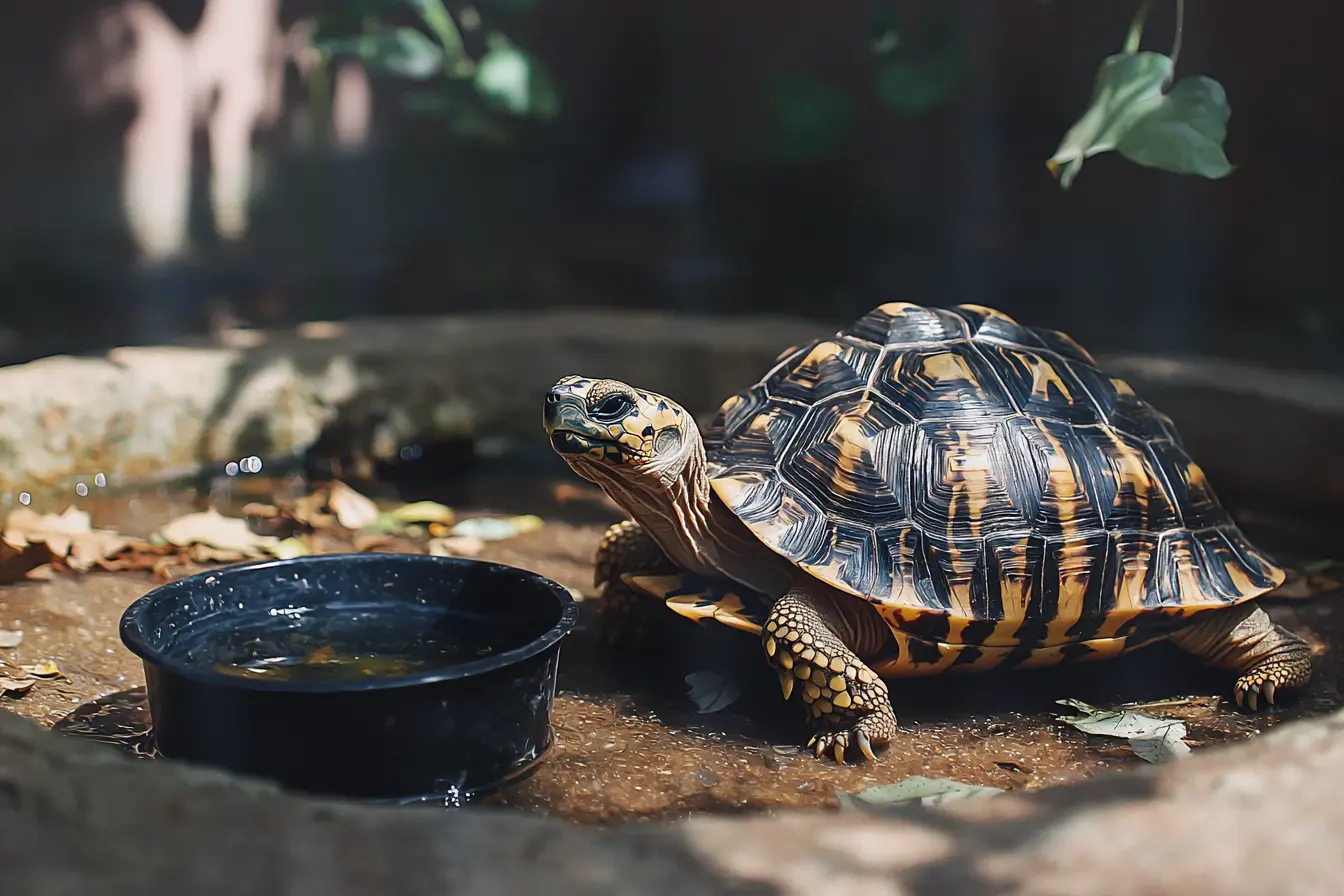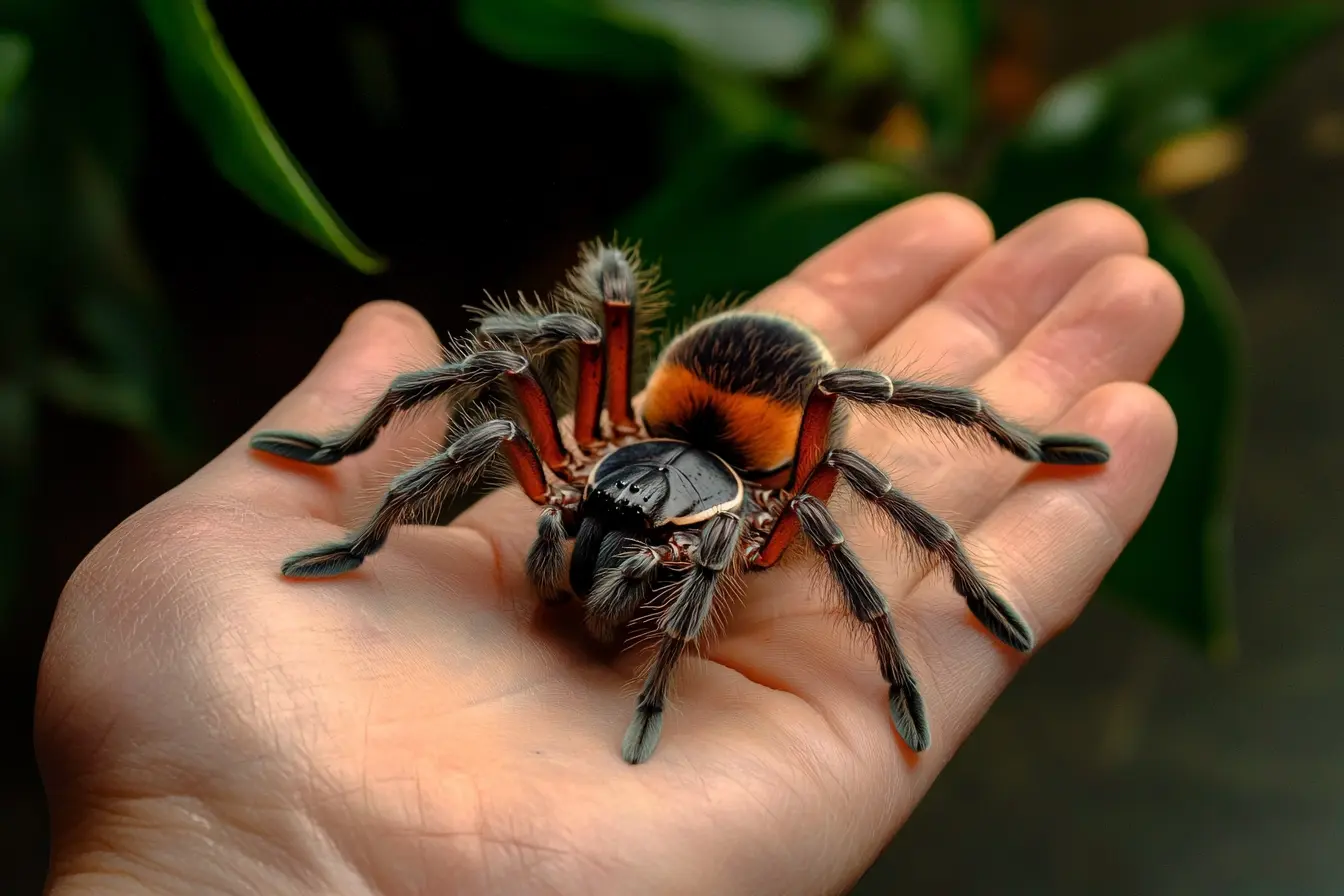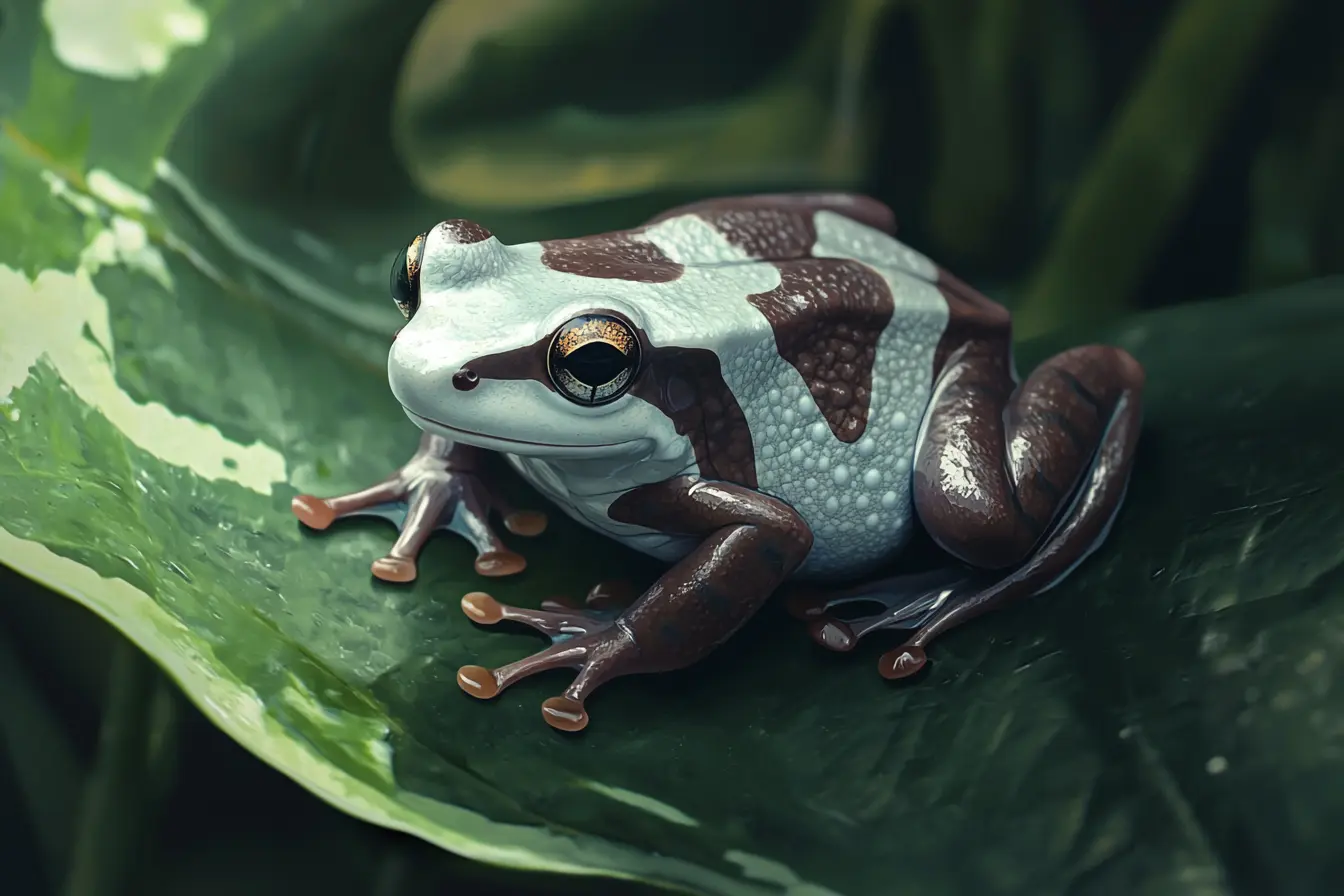
A Complete Guide to Keeping Amazon Milk Frogs
Amazon milk frogs (Trachycephalus resinifictrix) are an excellent choice for amphibian enthusiasts looking for an attractive and active tree frog species. Known for their striking white and brown banded patterns and large size, these frogs make a fascinating display pet.
If you’re considering keeping Amazon milk frogs in the UK, this guide will cover everything you need to know, from enclosure setup to feeding and general care.
What Are Amazon Milk Frogs?
Amazon milk frogs, sometimes called mission golden-eyed tree frogs, are arboreal amphibians native to the Amazon rainforest. They thrive in humid, tropical environments and are nocturnal, meaning they are most active at night.
Despite their name, these frogs do not produce milk. The name comes from the milky secretion they excrete when threatened. However, they are non-toxic to humans and are safe to handle (though handling should be minimised, as with all amphibians).
Key Characteristics
- Scientific Name: Trachycephalus resinifictrix
- Adult Size: 7-10 cm (3-4 inches)
- Lifespan: 8-10 years (potentially longer in captivity)
- Activity Level: Nocturnal
- Temperament: Generally calm and tolerant of small groups
These frogs are larger than most other tree frog species, making them a good choice for those who want a more substantial amphibian.
Legal Considerations in the UK
Amazon milk frogs are legal to own in the UK and do not require any special licensing. However, it is essential to purchase captive-bred specimens from reputable breeders or exotic pet shops to avoid contributing to habitat destruction or illegal wildlife trade.
Always check that your new frog is:
- Captive-bred (not wild-caught)
- Healthy and active with clear eyes and smooth skin
- Free of any visible wounds or deformities
Setting Up a Suitable Vivarium
Amazon milk frogs are arboreal, meaning they spend most of their time in trees. Therefore, they require a vertically oriented enclosure with plenty of climbing opportunities.
Vivarium Size & Type
- Minimum Size: 45x45x60 cm (18x18x24 inches) for a pair or trio
- Best Material: Glass terrariums with good ventilation
- Group Housing: Can be kept in small groups, but space must be adequate
Temperature & Humidity
- Temperature: 24-28°C (75-82°F) during the day, with a slight drop at night.
- Heating: A ceramic heat emitter or heat mat with a thermostat is recommended.
- Humidity: 60-80% (achieved with regular misting)
- Misting: 2-3 times daily with dechlorinated or RO (reverse osmosis) water.
A digital hygrometer is essential for monitoring humidity levels.
Lighting
- Day/Night Cycle: 12-hour light cycle using LED or UVB lighting.
- UVB Requirement: Not essential but beneficial for overall health and calcium metabolism.
Substrate & Bioactive Setups
Amazon milk frogs do well in bioactive enclosures, which mimic their natural environment.
- Best Substrates: Coco fibre, sphagnum moss, or a mix of organic topsoil and bark.
- Drainage Layer: A false bottom or hydroballs to prevent waterlogging.
- Live Plants: Epiphytes, pothos, bromeliads, and ferns provide excellent cover and climbing surfaces.
- Microfauna: Springtails and isopods will help to keep the enclosure clean.
Decor & Climbing Opportunities
- Cork Bark & Branches: Essential for climbing and resting.
- Vines & Ropes: Helps create an arboreal playground.
- Water Dish: A shallow water dish with dechlorinated water should always be available.
Feeding Your Amazon Milk Frog
Amazon milk frogs are insectivores and thrive on a varied diet of live insects.
Staple Diet
- Crickets (small to medium)
- Locusts
- Dubia Roaches
- Waxworms (occasionally as a treat)
- Calci-worms
- Earthworms (cut into smaller pieces)
Supplementation
To prevent deficiencies, all food should be dust-coated with:
- Calcium with D3 (2-3 times per week)
- Multivitamin powder (once a week)
Feed juveniles daily, while adults can be fed every 2-3 days.
Handling & Interaction
Unlike dart frogs, Amazon milk frogs tolerate handling better, but it should still be kept to a minimum to prevent stress and potential skin irritation.
Handling Tips
- Always wash your hands before and after handling.
- Wear powder-free nitrile gloves to prevent skin oil transfer.
- Keep handling sessions short and avoid unnecessary stress.
These frogs may jump when startled, so always handle over a soft surface in case they leap out of your hands.
Common Health Issues
Amazon milk frogs are hardy when kept under proper conditions but can still suffer from a few health problems.
- Dehydration Symptoms include wrinkled skin and lethargy. Maintain proper humidity, mist regularly
- Metabolic Bone Disease (MBD) Symptoms include weak limbs and deformities. Ensure proper calcium supplementation & UVB exposure
- Respiratory Infections Symptoms include wheezing and mucus buildup. Keep humidity in the optimal range, ensure good ventilation
- Bacterial/Fungal Infections Symptoms include red or irritated skin. Keep enclosure clean, remove waste promptly
If you notice any of these symptoms, consult an exotics vet as soon as possible.
Buying an Amazon Milk Frog in the UK
Amazon milk frogs are readily available in the UK through specialist exotic pet stores and breeders.
Where to Buy
- Reptile Expos & Shows – A great way to meet breeders.
- Reptile & Amphibian Shops – Check for reputable suppliers.
- Private Breeders – Often the best option for healthy captive-bred specimens.
Cost
- Expect to pay £40-£80 per frog, depending on size and source.
Always quarantine new frogs for at least 30 days before adding them to an established group.
Final Thoughts: Is an Amazon Milk Frog Right for You?
Amazon milk frogs make fantastic pets for those looking for a striking, larger tree frog with engaging behaviour. They are relatively easy to care for compared to other amphibians but still require consistent humidity and diet management.
They are not a pet for handling, but their bold nature and climbing habits make them a joy to observe. If you’re prepared to create a tropical arboreal setup, they can be an excellent choice for both beginners and experienced amphibian keepers.
Vets near you
Speciality vets
- Aquatics vet specialists
- Birds vet specialists
- Camelids vet specialists
- Cats vet specialists
- Cattle vet specialists
- Deer vet specialists
- Dogs vet specialists
- Equines vet specialists
- Exotic vet specialists
- Goats vet specialists
- Pigs vet specialists
- Poultry vet specialists
- Sheep vet specialists
- Small Mammals vet specialists
- Wild vet specialists
